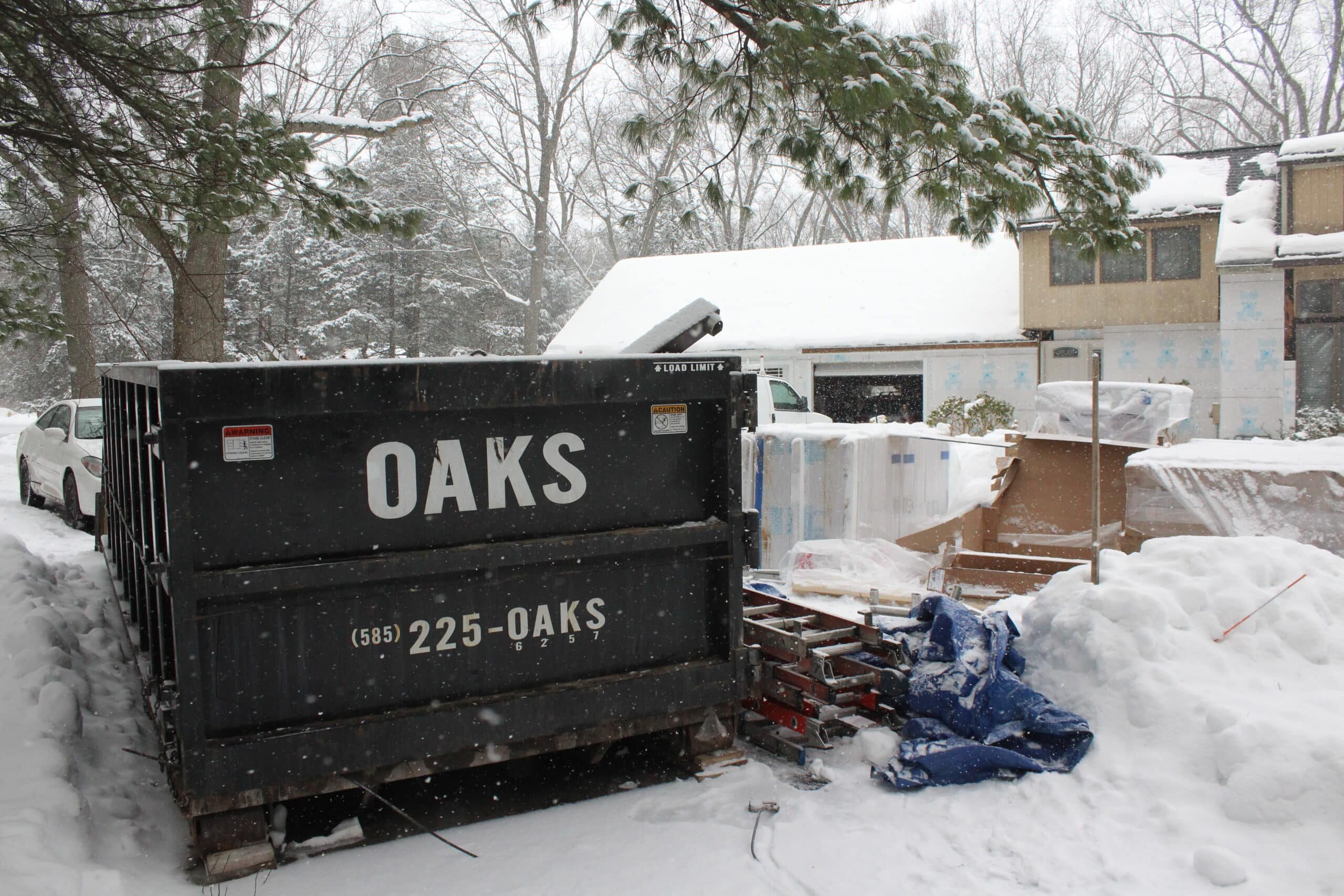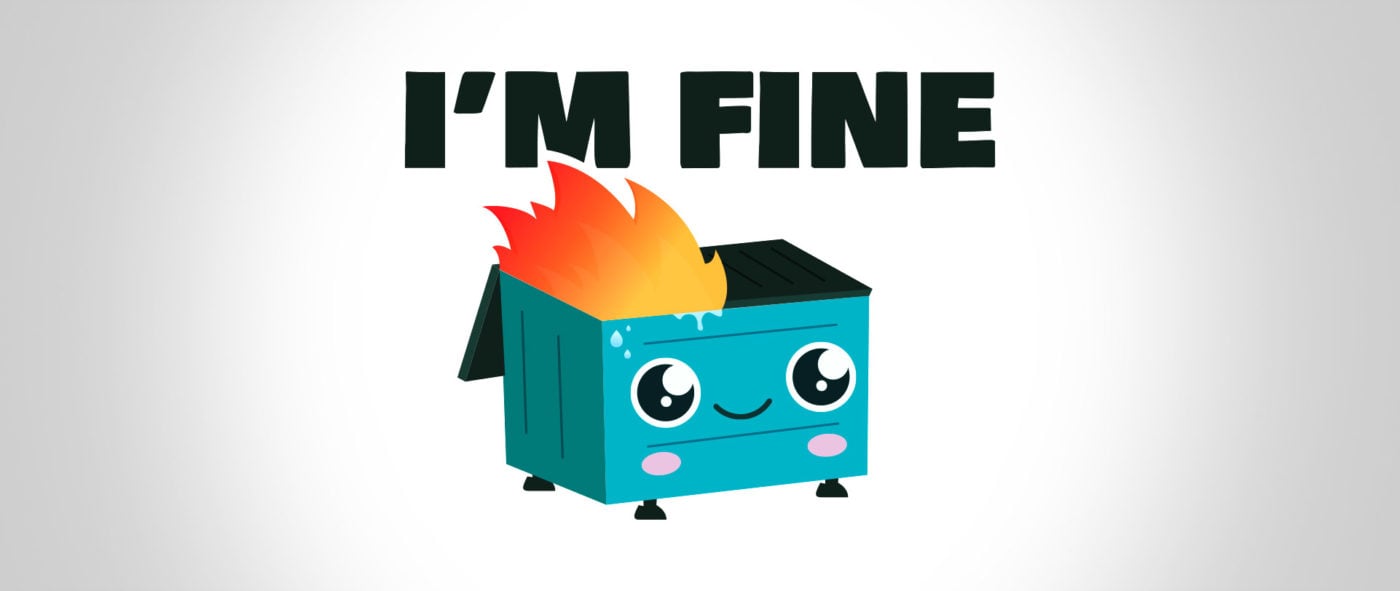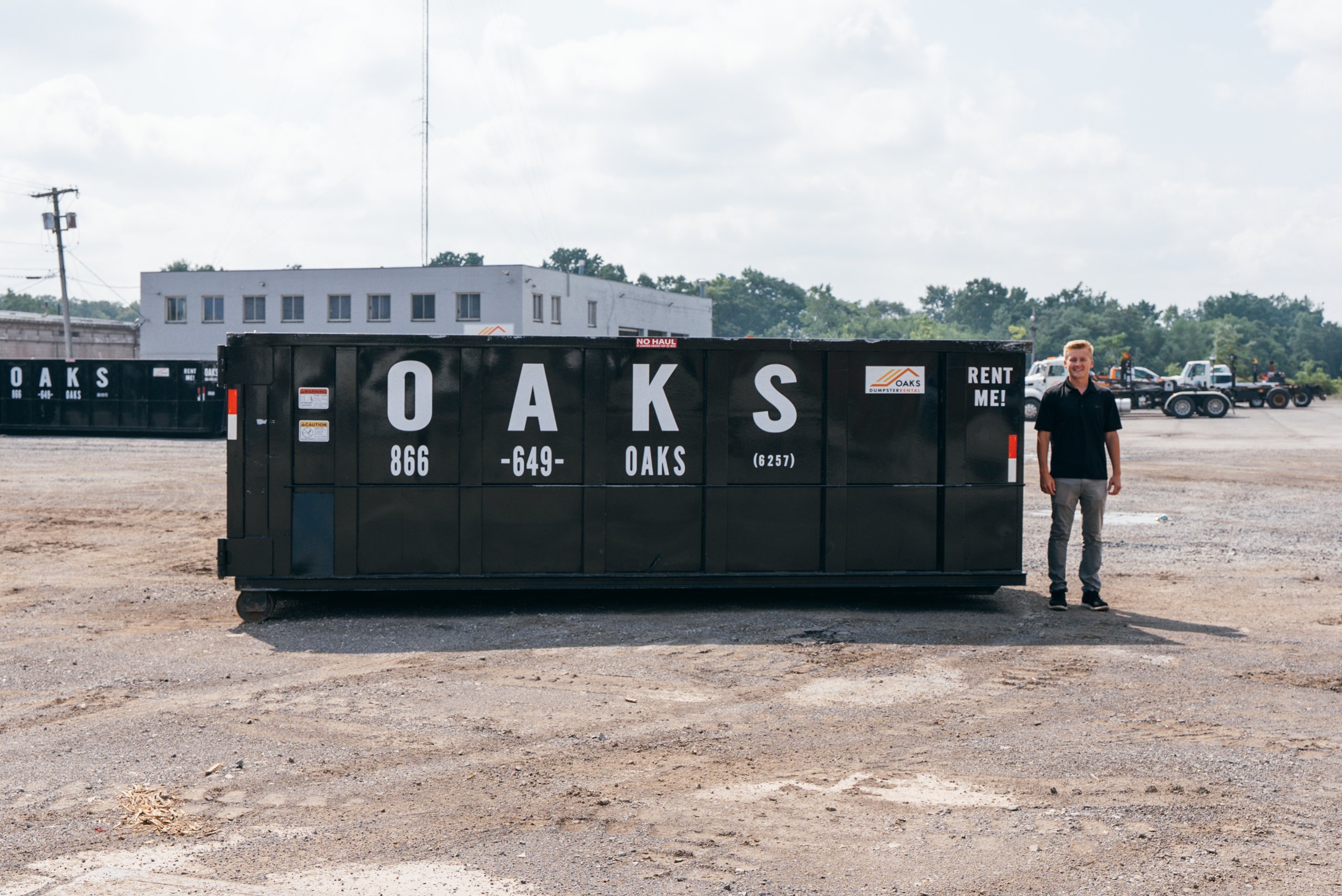From trash to garbage, rubbish to waste, discarding unwanted material is a part of daily life for most Americans. But have you ever wondered what happens to trash after you throw it away?
The journey is far from over after you toss trash into the nearest wastepaper basket or dumpster. Below, we’ll cover the process garbage goes through before it reaches its final destination.
Where Does Trash Go After You Throw It Away?
Garbage goes through a full lifecycle, traveling between several facilities before it hits its last stop. Here are the typical steps your garbage takes from start to finish:
Step 1: Garbage Can & Dumpsters
For homes and smaller businesses, garbage is tossed into a trash can or tote and goes to the curb once a week. Food scraps, personal care items, household junk, and non-recyclable packaging are common items.
Larger organizations like corporations, apartment buildings, grocery stores, and shopping malls often use dumpsters or trash rooms to collect garbage. Because dumpsters are larger than household trash cans, they can hold most furniture, yard waste, and renovation debris, like drywall or old carpeting.
Step 2: Garbage Truck
Garbage trucks arrive at residential and commercial sites to pick up the contents of garbage bins and dumpsters. The compaction plate crushes the trash to make room for even more trash as the waste collector empties it into the truck.
Step 3: Waste Transfer Station & Material Recovery Facility
A waste transfer station is a hub where truckloads of trash are consolidated and compacted, making hauling to the next step more economical. Like waste transfer stations, material recovery facilities (MRFs) are places where trash is sorted. There are two types of MRFs:
Clean Material Recovery Facility: A clean MRF accepts recyclables already sorted out by homes or commercial organizations.
Dirty Material Recovery Facility: On the other hand, a dirty MRF takes recyclables mixed with debris. Manual labor, with the help of technologies like magnets and shredders, sorts the trash from recyclables.
They separate waste into two groups: debris and recyclable materials. Recyclable items include plastic bottles, paper, and metal.
Step 4: Waste Disposal Facility
Depending on your city and state, garbage lands in one of several waste disposal facilities. Most municipalities send trash to a landfill, but in recent years, there has been an increase in recycling centers.
Landfill
Most trash winds up in the dump, where it’s buried in layers rather than being broken down. Landfills use compactors to press the waste into the ground, then cover it with layers of dirt, plastic, or clay. This process is repeated until the landfill is full. When it reaches capacity, a final layer of materials is added, plus several feet of soil and vegetation.
Recycling Center
Recycling centers take plastics, glass, and metals from material recovery facilities. These items are further sorted by hand and near-infrared (NIR) to determine the polymer they’re made from. After they have been classified and bundled, they’re sold to manufacturers to create new products.
Incinerator or Waste-to-Energy Plant
Trash can be burned in an incinerator or waste-to-energy plant. This produces steam, which can be used to power electric generator turbines. This reduces the original debris by nearly 90%, lowering the necessary amount of landfill space.
Anaerobic Digester
This process uses bacteria to break down organic matter inside a sealed vessel, such as food waste and animal manure. As the organic waste breaks down, it produces biogas, which is made of gases like methane, carbon dioxide, and more. The energy within biogas can be used to provide heat or generate electricity. The remaining residual material is called digestate, which can be used as fertilizer or a foundation for bio-based products.
How to Reduce Trash
Reducing garbage at home and the office helps prevent pollution, protect the environment, and lower landfill contributions. Try the following recommendations to help reduce waste:
- Reuse: Consider using a ceramic coffee mug instead of a new paper cup every morning.
- Donate: Give away items you no longer need, like clothing or furniture.
- Recycle: Put glass, approved plastics, paper, and metal in a separate recycling bin and arrange pickup with your waste management provider.
- Plan shipments: Reduce packaging materials by planning online orders from Amazon or other retailers to arrive on the same day.
- Buy quality products: That won’t wear out and require quick replacement.
Oaks Dumpster Rental: Quality You Can Trust
At Oaks Dumpster Rental, we offer various dumpster sizes to meet your needs. Our dedicated representatives are always here to answer questions so your rental process goes smoothly. Call or contact us today, and we’ll be happy to help.



